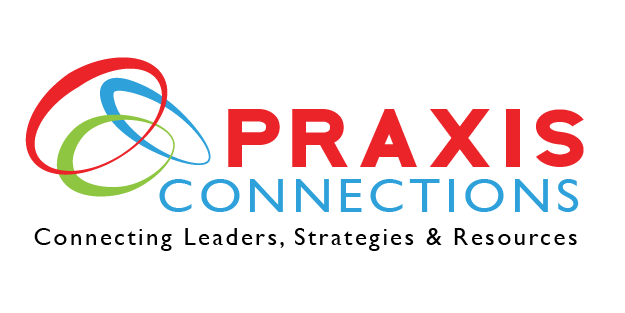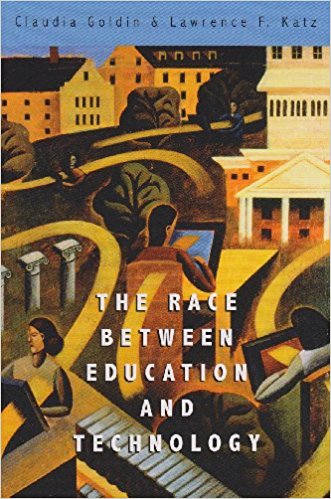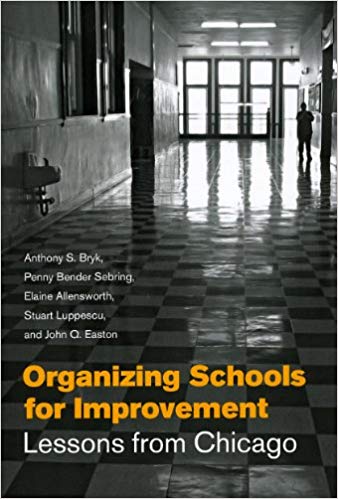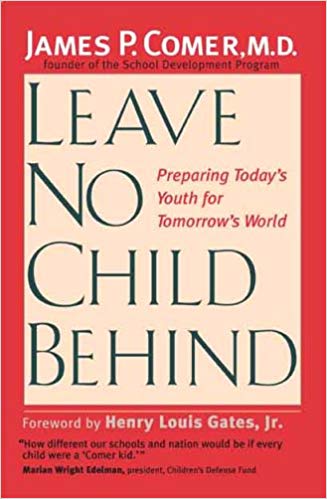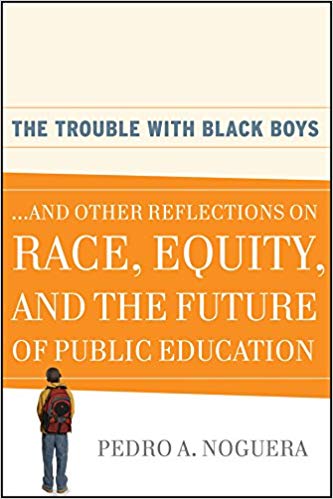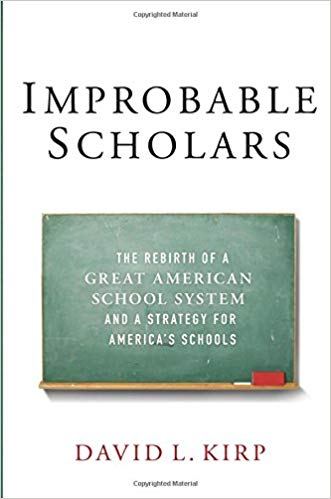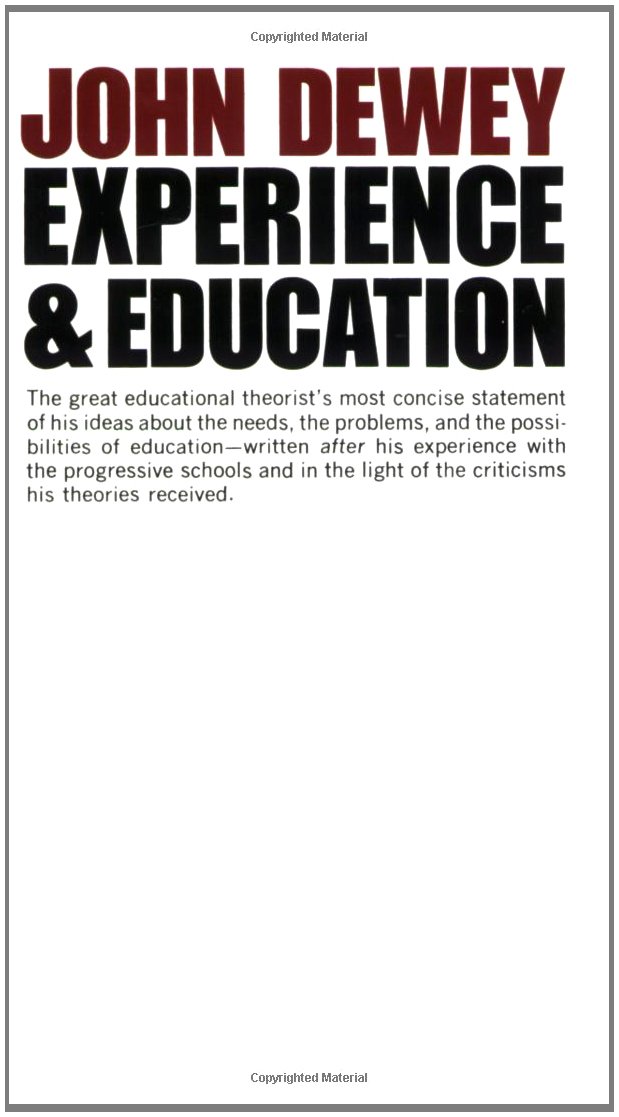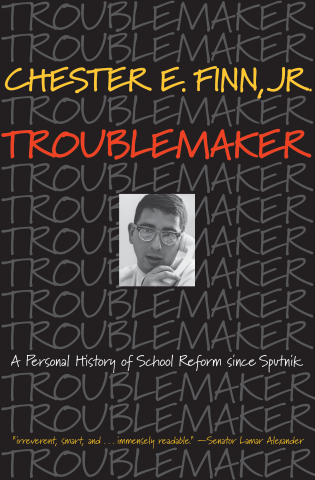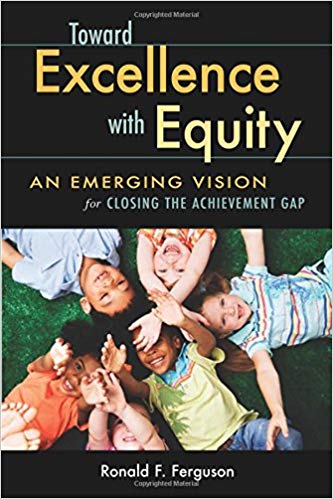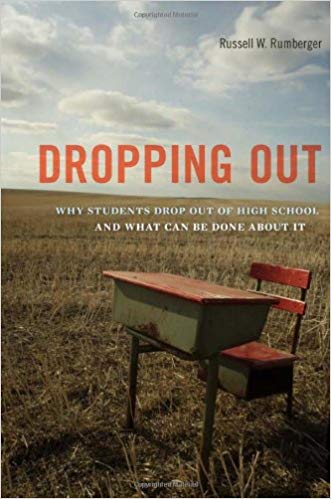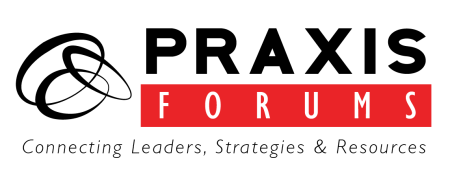Engaging Students, Families, & Communities for Better Outcomes: Book Recommendations
In the seminal work The Race Between Education and Technology, authors Claudia Goldin and Lawrence Katz provide a detailed history of education in America and the interplay between it and technological innovation. It shows how our school systems have adjusted to and strengthened industry, innovation, and technology. How with each new breakthrough in technology our educational system went from an elementary grade system to add what we would call middle & then high school age grades in the 30’s & 40’s, to a later boom in college education. Each new set of grades allowed for teaching new knowledge & skills.This is contrasted with how our workforce went from 59% dropouts in the 1950’s to 8% dropouts in 2005. Our economy has continued to require expanded skills & education while our school system has been slow to adjust. Entrenched poverty & inequality pose greater threats than ever to education living up to its role in both democratizing our society and increasing access to opportunities for all. Educational opportunity was one of the key battle lines of the Civil Rights movement and an early strategy of both Booker T Washington and WEB Du Bois. So where do we go from here? Adding more grades is not an answer. Improving school environment and redesigning what & how we deliver content is the pathway for improving educational outcomes. Not charter versus public or private. These are distractions that hurt our children. While this short piece will not answer all of these questions here are a few insights and book recommendations for you to increase your own knowledge.
In the important book Organizing Schools for Improvement authors Bryk, Sebring, Allensworth, Luppescu, and Easton studied all the elementary schools in Chicago and asked the question, “Why do some schools do better than others?” They explored variables like poverty, school leadership, teaching, curriculum, family & community engagement. It is a great book and an amazing study! In summary, they found that Leadership, Teaching & Curriculum, and Family & Community Engagement were the key levers for positive educational outcomes. They noted that more under-resourced communities required increased family & community engagement and other student & school supports.
This finding builds on the work of the Comer School Improvement Center and the work of James Comer who is the father of the community school movement and whose teachings are embedded in the work of the Children’s Aid Society. His book Leave No Child Behind is a beautifully written story of his work and the impact it’s had on children & families. He led a collaborative systems approach where he employed a no blame zone to problems where children’s needs are front and center of how schools, parents, and community worked together. He writes that “The gap between the support for development that children need and what society provides, more than anything else, lies at the root of most school problems”.
Another set of insights into improving student and school are provided by Pedro Noguera who describes how a school is structured impacts student engagement for good or ill. School structure & climate shapes student identity as either engaged or not engaged. His great book The Trouble With Black Boys …And Other Reflections on Race, Equity, and the Future of Public Education provide key insights into student identity, school climate, and how we might improve both as we improve educational equity.
I believe that church & community partnerships with schools can help improve school environment, increase family engagement, and ultimately improve educational outcomes. I want to encourage you to take a look at the books listed here as you explore how we can better serve our young people and improve educational outcomes. Our society and economy are changing so quickly. We must engage more with schools to improve student, family, and community engagement that lead to improved educational outcomes. Therefore we will need to measure our outcomes as we seek improvement and work at crossing organizational divides that too often separate schools from churches, community based organizations, and the corporate community.
I hope that you enjoy reading these great books!!
